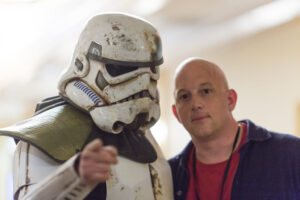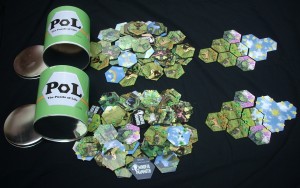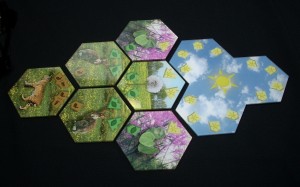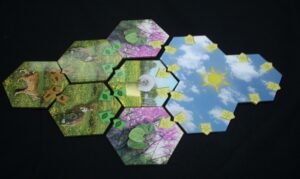It’s official: the Kickstarter funding campaign for Fire and Flora has come to a close. Although the campaign was financially unsuccessful, it was useful in other ways. During the long process of game design and game development, I’ve been collecting new skills, gaining experience, and building connections. I’m sad that this campaign was financially unsuccessful, but at the same time, I feel like I have a solid foundation for future work. More on that in a minute.
First off, I want to thank everyone who helped support this project and this campaign: friends and family, playtesters of all stripe, my artistic collaborators (Mark, Matt, andVISCOM), and the 73 adventurous visionaries who backed the project here on Kickstarter. It’s incredibly rewarding to know that there are others who share my vision of games for good, and who are willing to help me turn that vision into a reality.
Then, there’s bad news and good news. The bad news is that I must now put this project on hold. Perhaps, sometime in the future, I will be able to bring Fire and Flora out to the world. However, for now, I simply don’t have the funds to do that.
The good news is that Fire and Flora was only the beginning. Over the last year, I’ve roughed out ideas for a variety of other serious gaming projects, covering subjects from weather to geology. One of these projects, the Puzzle of Life, is a perfect complement to Fire and Flora.
One of the key features of Fire and Flora is that it was a highly focused outreach tool. Compared to most mainstream board games, it’s relatively complex. On the good side, that complexity means that the game provides an unusually thorough and accurate picture of landscape dynamics. On the other hand, that complexity requires that players be somewhat older (12+), and that they have significant time to both learn and to play. Those age and time requirements limit the range of places where the game is fun and effective.
Where Fire and Flora is complex, with lots of in-game text, and a lengthy rulebook, the Puzzle of Life is simple, and entirely visual. It can almost do without instructions, which means it’s easy to pick up and play. It’s also very flexible. When working with younger kids, or with limited time, you can simply assemble the pieces as with a regular puzzle. However, with older kids, or a longer amount of time, you can use PoL to explore the structure of ecological communities, to tell stories about changing environments, or even extend the scope of the game by creating your own pieces to add to the puzzle. The combination of simplicity and flexibility makes this a game with a much wider potential audience. In turn, that wider audience makes it a better business proposition.
I’ve worked through several playable prototypes, and over the next few months, I’ll be finishing the design for the first edition, and developing a new launch strategy, possibly in partnership with a new friend. In short, rather than using Kickstarter to begin with a bang, we’ll instead take a slower, evolutionary approach. We’ll establish a strong relationship with a quality print-on-demand service, and aim to get a finished product into a single retail outlet. That outlet will provide a small trickle of income and publicity, and we will use that trickle to expand our reach into other outlets, building the trickle into a stream, and then building the stream into something bigger.
Whew!
Again, thank you all for your support. I’ll be posting regular updates to the Mindful Mammoth blog and on Facebook. Please keep an eye peeled, and keep in touch. Good things are on the way!





